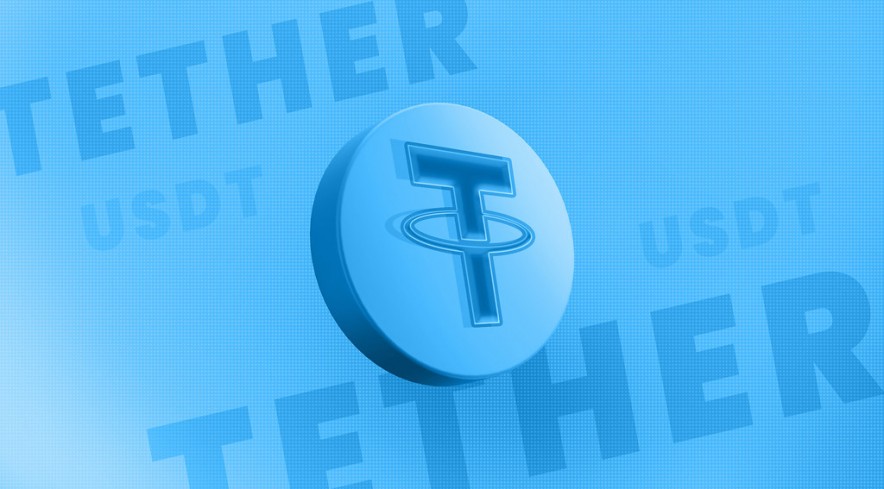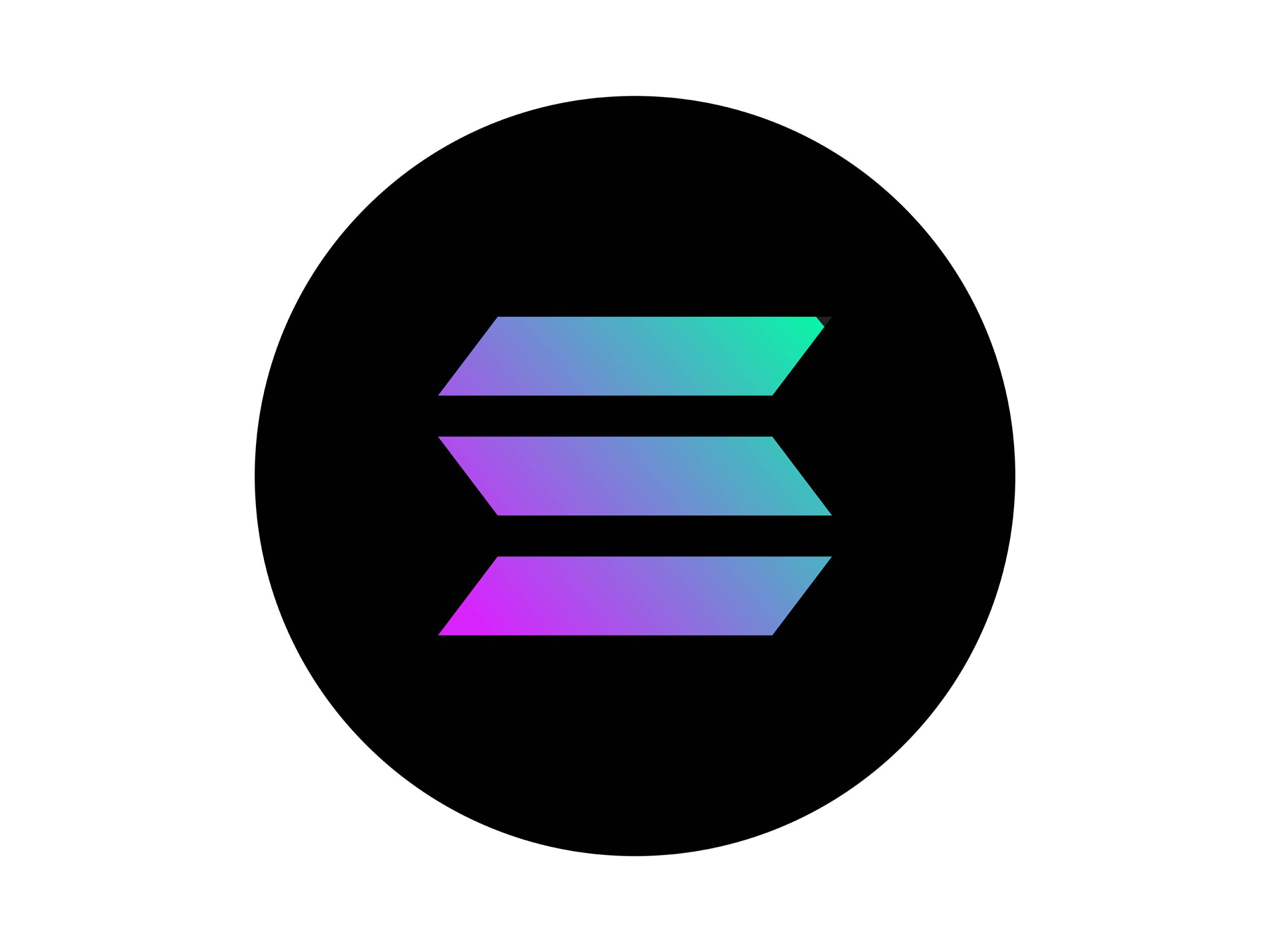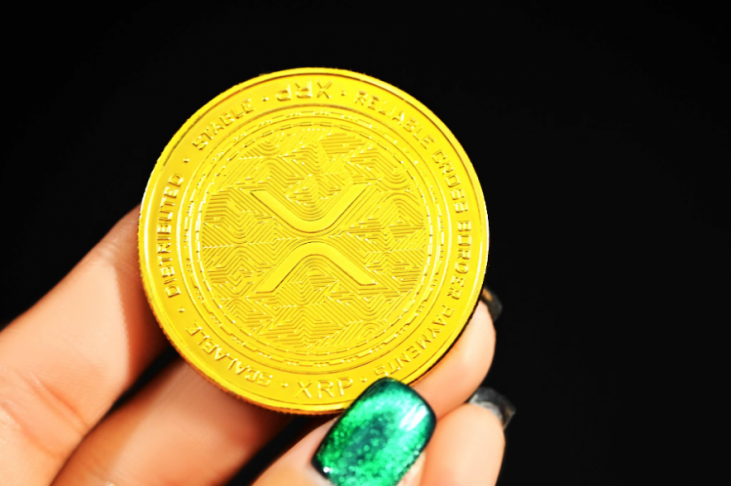How Is Tether Used as a Stablecoin in Defi Applications?
Feb 29, 2024, 3:26pm
Decentralized Finance (DeFi) has become one of the most transformative sectors in the blockchain space.
Stablecoins are at the heart of many DeFi applications. They are cryptocurrencies designed to maintain a stable value, often pegged to fiat currencies like the US dollar.
Tether (USDT) stands out as one of the most widely adopted and used stabelcoins. In this article, we explore how Tether functions as a stablecoin within the DeFi ecosystem.
Understanding Tether
Tether was launched in 2014 with the aim of providing a stable digital currency that maintains parity with the US dollar. It initially operated on the Bitcoin blockchain via the Omni Layer protocol. However, it has since expanded to other blockchains including Ethereum, Tron, and others. It offers excellent accessibility and interoperability within the crypto ecosystem.
Tether achieves stability through a combination of mechanisms including full reserve backing, market demand dynamics, and regulatory compliance. Each Tether token is backed by one US dollar held in reserve, ensuring a 1:1 peg to the dollar. Regular attestations and audits are conducted to provide transparency and maintain trust in the stability of Tether.
As online casinos become more innovative, many have embraced crypto payments. Through Tether sports betting, players can enjoy transparency, faster payments, and security. Casinos that accept Tether payments include BC.Game, Crashino, and Bitsler.
Tether in DeFi
The stability and liquidity of Tether make it an ideal candidate for various DeFi applications. Here’s how Tether is used within the DeFi ecosystem:
Liquidity Provision
Tether is a fundamental source of liquidity within decentralized exchanges (DEXs) and liquidity pools. Traders often use it as a trading pair against other cryptocurrencies, facilitating seamless trading while maintaining a stable value reference.
Yield Farming and Staking
DeFi protocols use Tether to offer yield farming and staking opportunities to users. Investors can deposit Tether into lending protocols or liquidity pools and earn interest or rewards in return. The stability of Tether ensures that users can participate in these activities without being exposed to the volatility of other cryptocurrencies.
Collateralization
Tether is used as collateral in various DeFi lending platforms and decentralized borrowing protocols. You can lock your Tether holdings as collateral to borrow other cryptocurrencies or stablecoins. This enables you to access liquidity without liquidating your assets.
Stablecoin Swaps
Tether facilitates seamless swaps between different stablecoins within decentralized exchanges and protocols. This allows you to quickly exchange between various fiat-pegged tokens without relying on centralized exchanges or facing high fees.
Synthetic Assets
Some DeFi platforms use Tether as a base asset to create synthetic assets pegged to real-world commodities, stocks, or other cryptocurrencies. These synthetic assets give you exposure to traditional financial instruments within the decentralized realm.
Challenges and Risks
While Tether plays an important role in DeFi applications, its centralized nature and regulatory scrutiny pose certain challenges and risks. Concerns regarding the adequacy of its reserves, regulatory compliance, and potential impact on systemic stability have been subjects of debate within the crypto community.
Additionally, reliance on a single stablecoin for liquidity and collateralization exposes DeFi platforms to counterparty risks associated with Tether.
Risk Management and Diversification Strategies
Participants are adopting risk management and diversification strategies to mitigate the potential risks associated with the centralized nature of Tether and its usage within DeFi applications.
Diversifying across multiple stablecoins and assets helps reduce exposure to any single point of failure. It enhances the resilience of DeFi portfolios.
Furthermore, leveraging decentralized insurance protocols and hedging mechanisms can provide additional protection against unexpected events such as smart contract exploits or market volatility.
Incorporating risk management practices and diversification strategies helps you navigate the dynamic landscape of DeFi with greater confidence and resilience.
Regulatory Compliance and Transparency
As regulatory scrutiny intensifies within the cryptocurrency space, ensuring compliance with applicable regulations is paramount for both DeFi platforms and stablecoin issuers like Tether. Enhanced transparency measures, such as regular audits, real-time reserve attestations, and adherence to regulatory frameworks foster trust and credibility within the ecosystem.
Collaborative efforts between industry stakeholders, regulators, and policymakers are essential to establish clear guidelines and standards for stablecoin operations within DeFi.
Stablecoin issuers can promote trust among users and regulators by embracing regulatory compliance and transparency. This paves the way for broader adoption and integration within mainstream financial systems.
Innovation and Evolution
The dynamic nature of DeFi and the broader cryptocurrency ecosystem necessitates continuous innovation and adaptation to meet evolving user demands and market dynamics.
Stablecoin issuers like Tether are actively exploring new technologies and protocols to enhance scalability, interoperability, and decentralization.
Initiatives like the integration of Tether with Layer 2 scaling solutions, cross-chain interoperability protocols, and decentralized autonomous organizations (DAOs) are expected to unlock new avenues for value transfer and financial innovation.
Moreover, collaborations between stablecoin issuers, DeFi platforms, and traditional financial institutions are bridging the gap between decentralized and centralized finance. They can help usher in a new era of interoperability and inclusivity.
Community Engagement and Education
Empowering users with knowledge and resources is essential for fostering widespread adoption. It helps users understand stablecoins and DeFi applications. Community engagement initiatives, educational campaigns, and user-friendly interfaces play a crucial role in lowering barriers to entry and empowering users to participate in decentralized finance.
Stablecoin issuers like Tether are actively engaging with their communities to promote awareness and adoption. They do this through social media, educational content, and developer outreach programs.
Prioritizing community engagement and education helps stablecoin issuers and DeFi platforms cultivate a vibrant ecosystem of informed participants. It has helped drive innovation and growth in the decentralized finance space.
In conclusion, Tether’s role as a stablecoin within DeFi applications highlights its significance in facilitating liquidity, stability, and innovation within the blockchain ecosystem.
As DeFi continues to mature and evolve, Tether and other stablecoins are expected to play an important role in powering decentralized finance protocols and services.
Stablecoin issuers and DeFi platforms can unlock new opportunities for financial inclusion and democratization by addressing challenges, embracing innovation, and fostering regulatory compliance.
As the merge between stablecoins and DeFi protocols deepens, the potential for reshaping the future of finance becomes ever more tangible.





